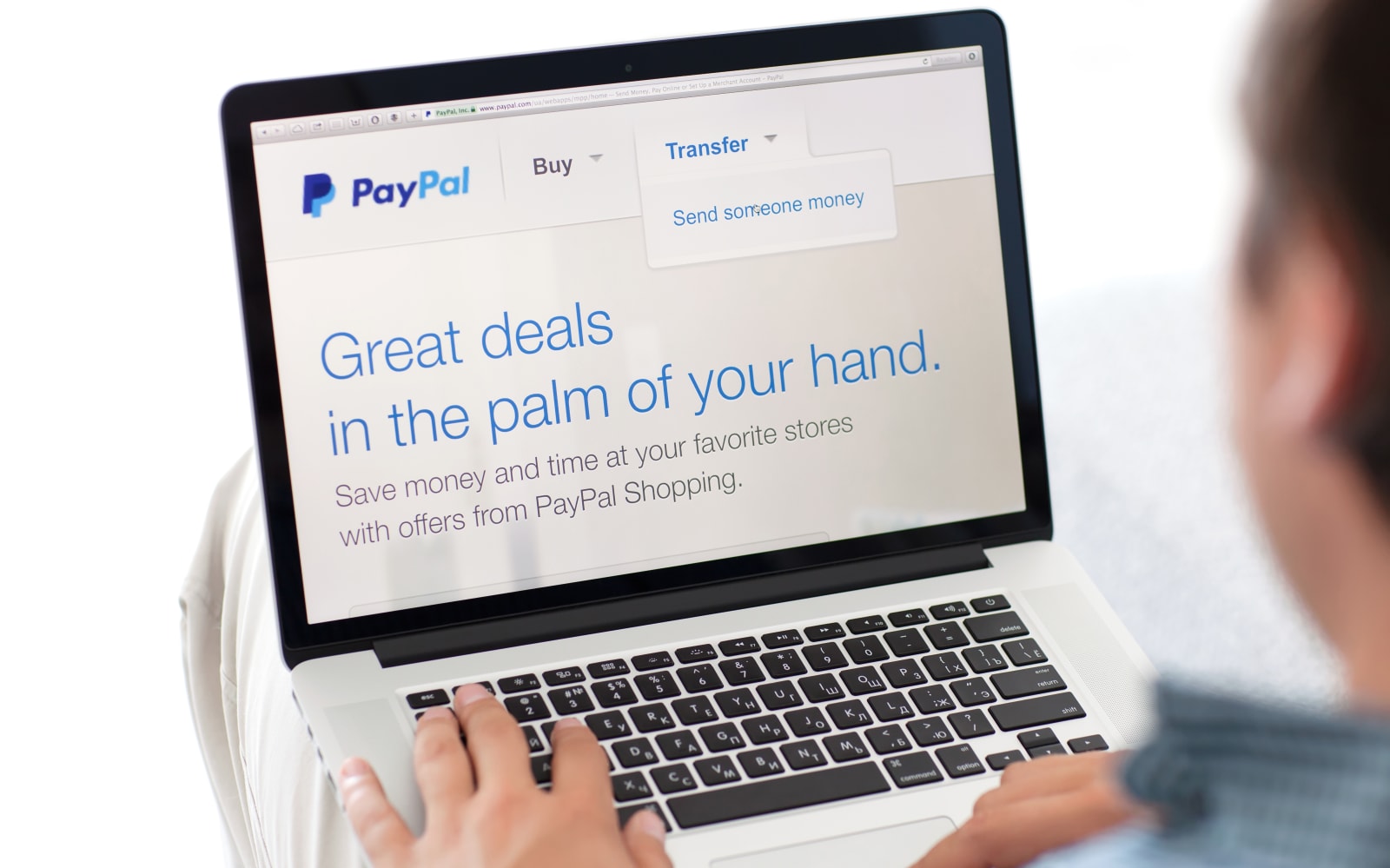MasterCard Strengthens Commitment to Make U.S. EMV Migration Easier
Opens Proprietary, Market-Ready Debit Solution to Speed Industry Adoption
PURCHASE, N.Y.--(BUSINESS WIRE)--MasterCard today announced it is making some of the company's proprietary technology solutions available to other U.S. debit networks. This decision was made to provide an option to support debit EMV transactions and reinforce the company's continued support of the U.S. migration to the EMV standard.
"By making our EMV solution available today, debit networks, merchants, acquirers and processors can take advantage of a market-ready solution currently in place. This will allow financial institutions to begin issuing EMV cards across their portfolios immediately, rather than waiting for a new solution to be developed."
In opening this technology standard, MasterCard will allow acquirers to brand transactions originating from the Maestro AID (application identifier) for all debit networks within the United States.
"We felt it was important to take this step for the greater good of the future of U.S. payments," said Chris McWilton, president, North America, MasterCard. "By making our EMV solution available today, debit networks, merchants, acquirers and processors can take advantage of a market-ready solution currently in place. This will allow financial institutions to begin issuing EMV cards across their portfolios immediately, rather than waiting for a new solution to be developed."
Today's announcement is the latest in a series of decisions by MasterCard to advance the future of electronic payments in the U.S. With the availability of this technology, issuers will be able to simplify their EMV implementation and enabling chip entry with potentially lower costs. At the same time, as merchants and their acquirers map out their terminal plans, they will be able to further optimize their investments, simplify their certification processes and choose their routing of debit transactions.
"We have spoken extensively with the EMV Migration Forum and other groups about the need to cooperate and find a common way to support debit transactions," said Jane Cloninger, director, Edgar, Dunn & Company. "Based on our experience around the globe, this announcement is a good step to continue the momentum of the U.S. market's migration toward EMV. We applaud MasterCard for taking a leadership position in this turning point for the industry."
Additional details around the implementation of the Maestro AID will be made available to all parties involved in the coming weeks.
 PayPal is apparently rolling out a number of traditional banking features, according to a report from The Wall Street Journal. The digital payment giant is offering users debit cards they can use to withdraw from ATMs, the ability to instantly deposi...
PayPal is apparently rolling out a number of traditional banking features, according to a report from The Wall Street Journal. The digital payment giant is offering users debit cards they can use to withdraw from ATMs, the ability to instantly deposi...
 PayPal is apparently rolling out a number of traditional banking features, according to a report from The Wall Street Journal. The digital payment giant is offering users debit cards they can use to withdraw from ATMs, the ability to instantly deposi...
PayPal is apparently rolling out a number of traditional banking features, according to a report from The Wall Street Journal. The digital payment giant is offering users debit cards they can use to withdraw from ATMs, the ability to instantly deposi...
 London's cabbies have moved one step closer to accepting credit cards and contactless payments inside their vehicles. It's about time, right? After launching a consultation earlier this year, Transport for London (TfL) and London's Mayor Boris Johnso...
London's cabbies have moved one step closer to accepting credit cards and contactless payments inside their vehicles. It's about time, right? After launching a consultation earlier this year, Transport for London (TfL) and London's Mayor Boris Johnso...







